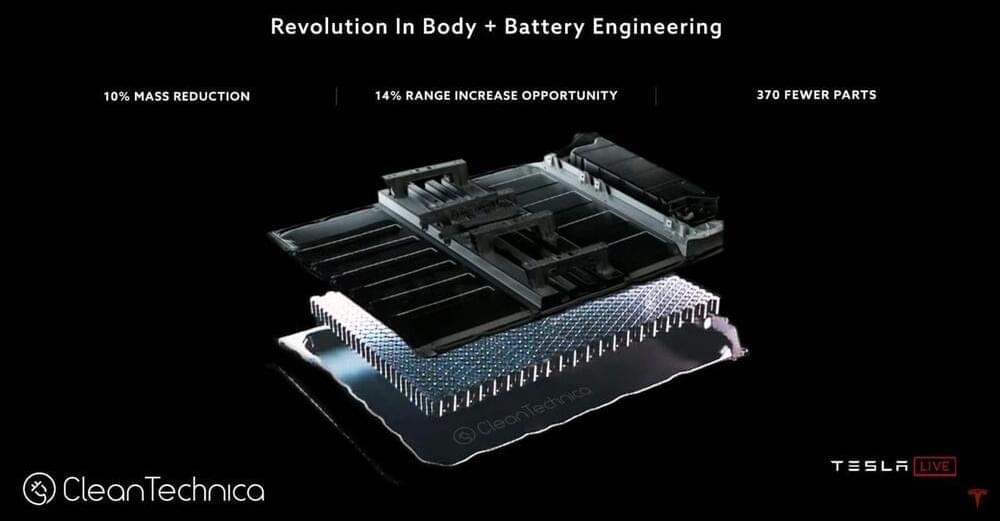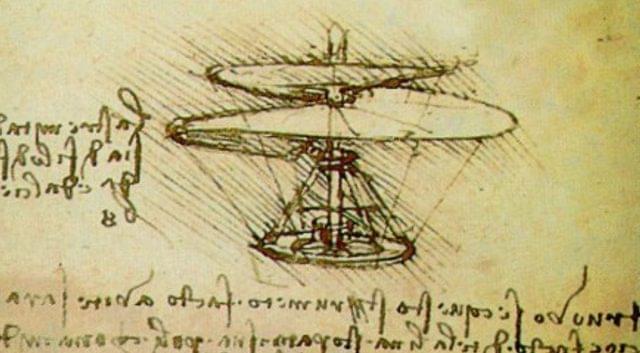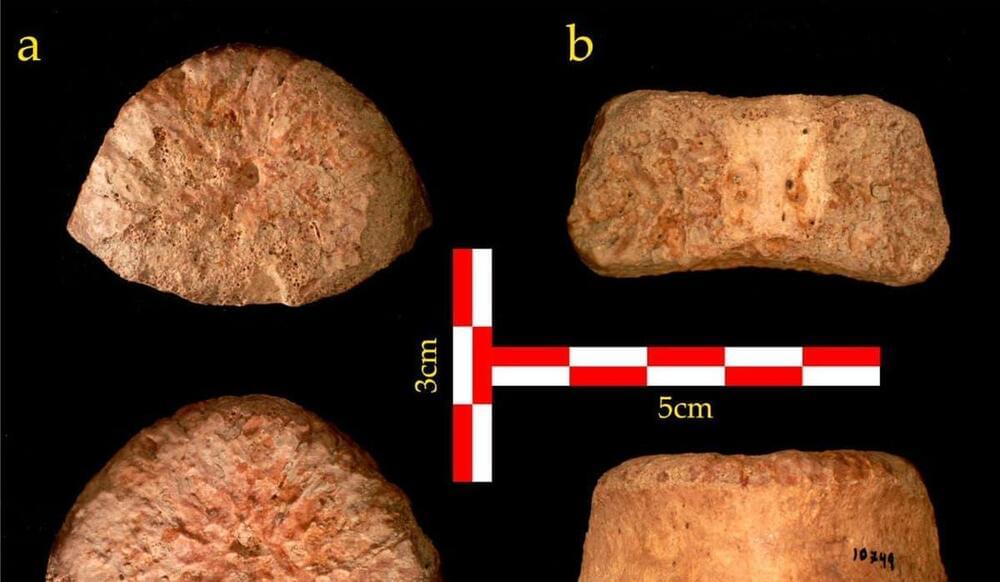Seattle-based software company Pluto VR has brought its virtual reality streaming platform PlutoSphere into Early Access.
Initially announced in February 2021, PlutoSphere allows its users to stream VR applications to a headset without the need for a local computer, in order to dramatically reduce the cost of entry for virtual reality. Instead of building a new rig around VR compatibility, you can theoretically just get a headset, then run everything from every library you own via data streaming.
PlutoSphere is currently compatible with the Oculus Quest and Quest 2, with plans to support other headsets and mobile devices in the future. It also requires a 5 Ghz WiFi 6 Internet connection, 50 Mbps of bandwidth, a Steam account, and less than 100ms ping to an Amazon Web Services region.








